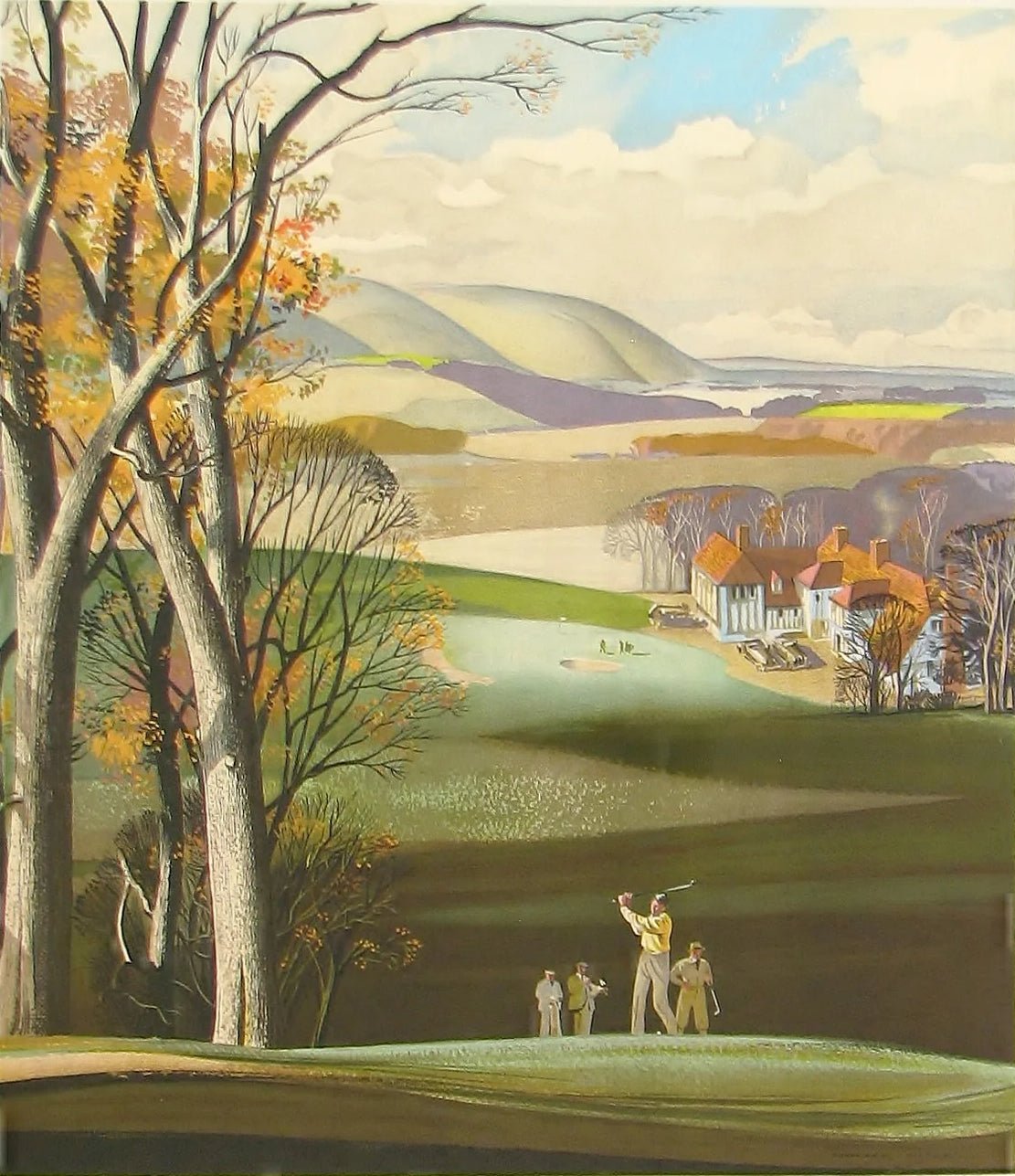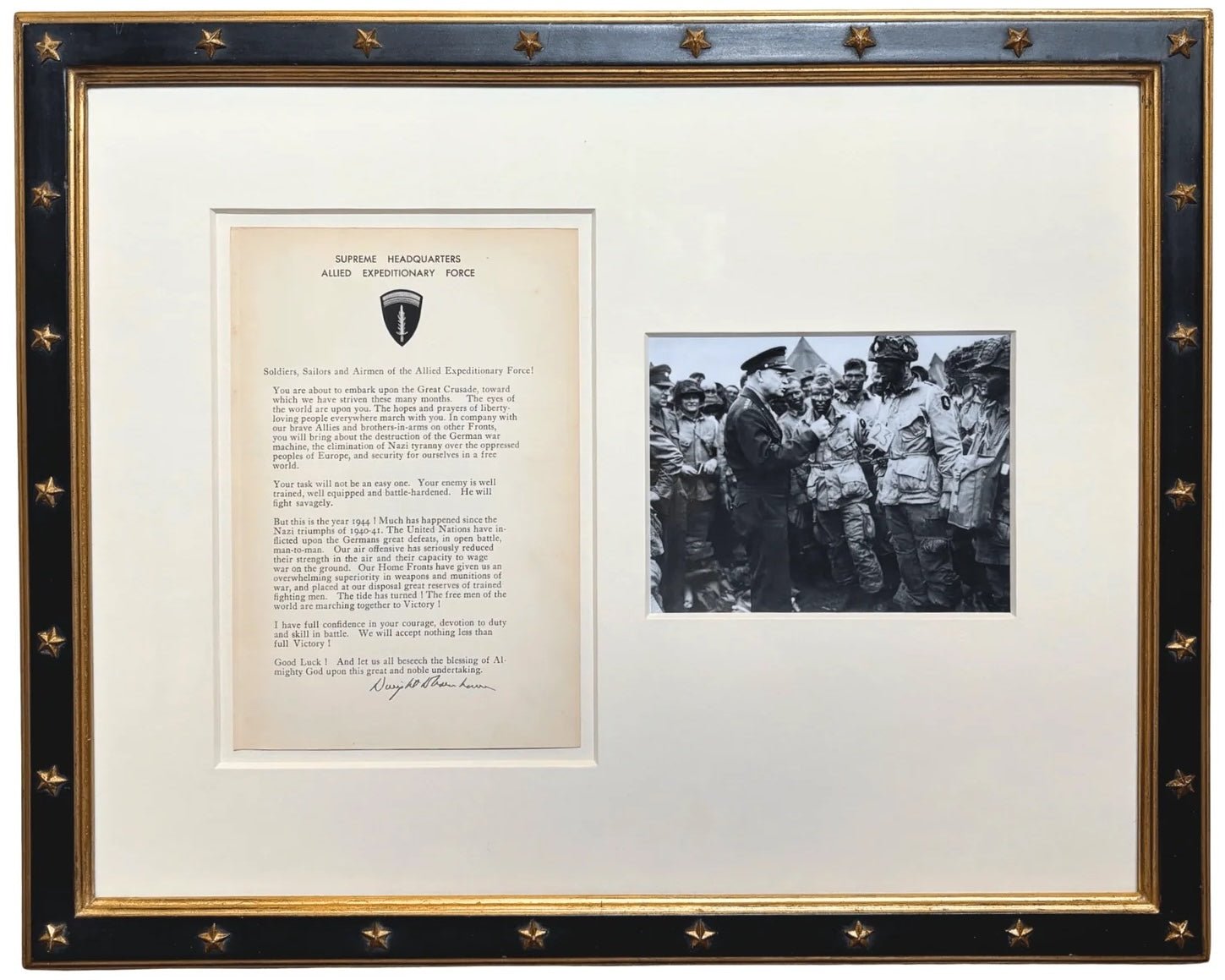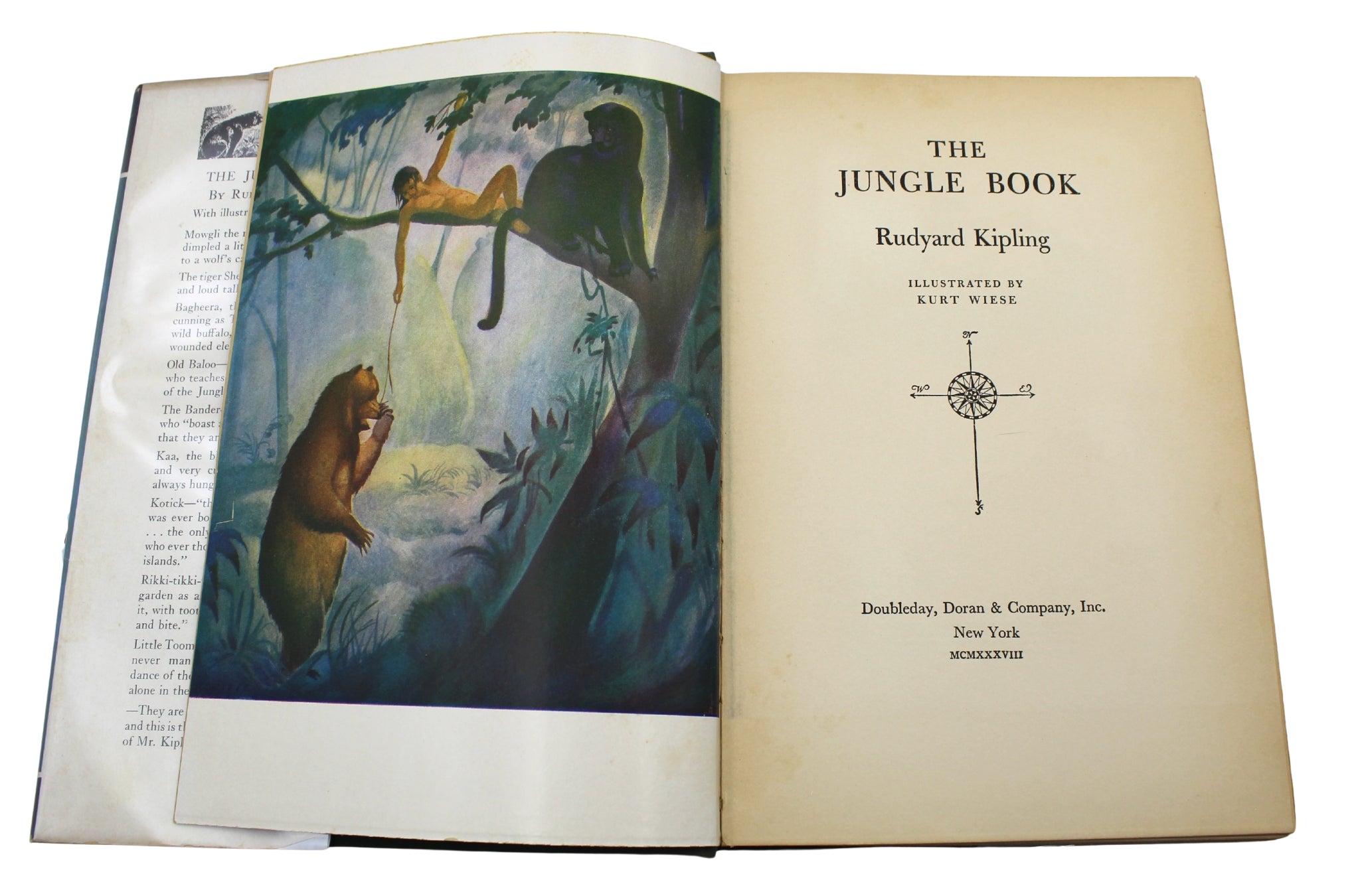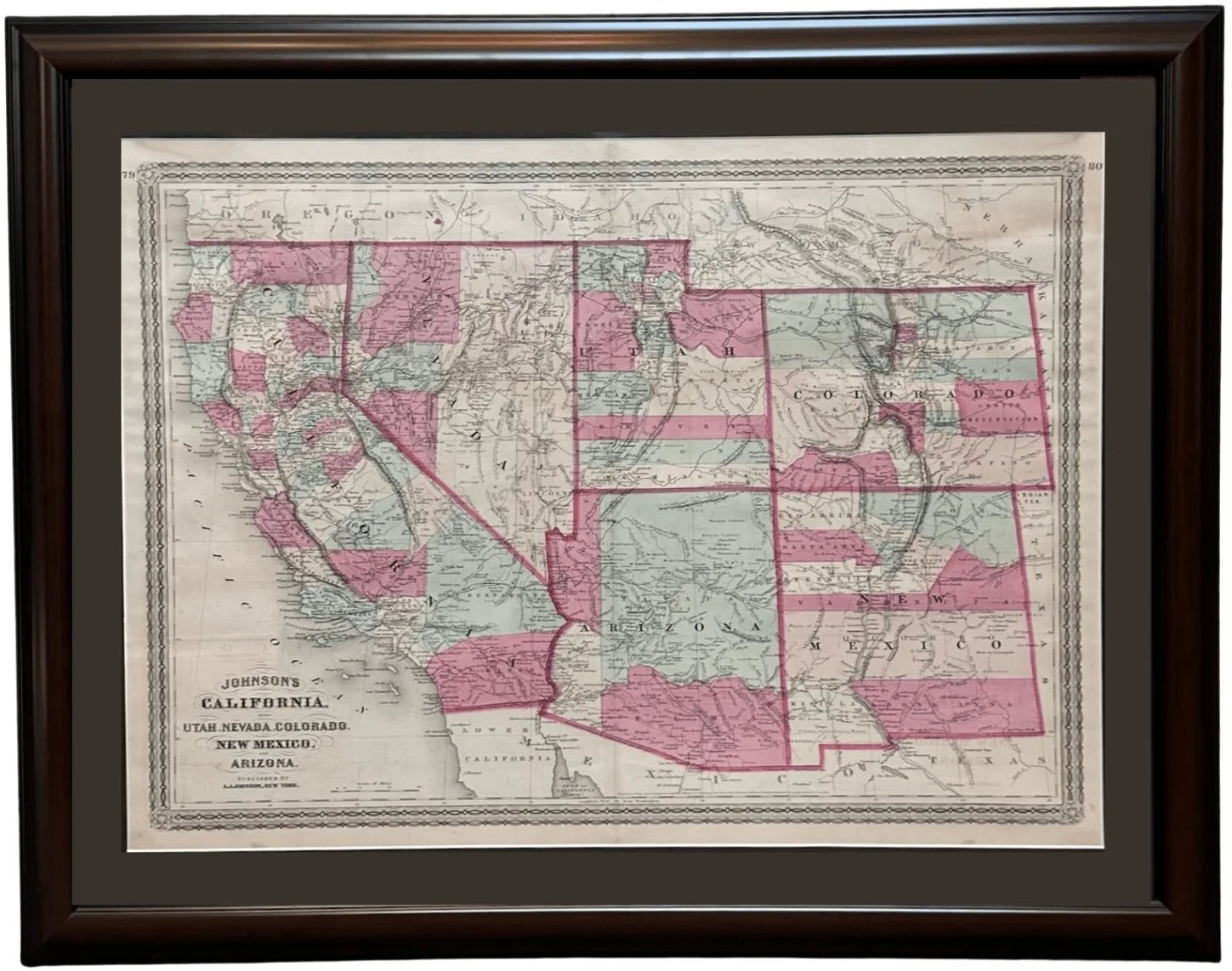The Inspiration Behind Dr. Jekyll and Mr. Hyde
Before the films and stage adaptations, the story of Dr. Jekyll and Mr. Hyde was written and published as a novella by Scottish author Robert Louis Stevenson in 1886. It is said that the author drew inspiration from a dream to spin the now-famous tale. Many claim that it was real-life killers who implanted such ideas in his mind.
In some accounts, it is claimed that Stevenson drew inspiration from his friendship with Eugene Chantrelle, who was convicted and executed for the murder of his wife. Chantrelle appeared to lead a normal life: he was a French teacher at the private Newington Academy, living in Edinburgh. He married his pupil Elizabeth Dyer, but from the start, the marriage was not a happy one. In August 1877, he took out a £1000 life insurance policy against her accidental death. She was found unconscious on the morning of January 2, 1878, and later died in the hospital, with traces of opium found on her nightgown. The death was suspected to be criminal in nature, and Chantrelle was tried and convicted of murder by poison. Stevenson was present throughout the trial and noted that as "the evidence unfolded he found himself, like Dr Jekyll, 'aghast before the acts of Edward Hyde'." It was believed that the teacher had committed other murders both in France and Britain by poisoning his victims at supper parties, all the while leading an unassumingly regular life.
It has also been claimed that Stevenson was inspired by his memories of real-life killer Deacon Brodie. Brodie was a Scottish cabinet-maker by trade, also serving as Edinburgh city councilor and Deacon of the trades guild. His work was well known within Scotland-- Stevenson even had a bookcase and chest of drawers made by Brodie in his room when he was young. The wealthy, respectable and rather unassuming gentleman, however, led a secret life. Brodie indulged heavily in drinking, gambling, cockfighting, partying, and took at least two mistresses. At night, he transformed into a burglar, obscuring his face and often robbing friends and acquaintances. When captured, Brodie took the stand at his trial as the well-mannered, upstanding gentleman he portrayed in his daily life. When questioned or confronted with the details of his crimes, he simply smiled as if he had been an indifferent spectator.
In truth, the idea for Dr. Jekyll and Mr. Hyde came to Stevenson in a dream. Stevenson’s wife was awoken one night as her husband fought with a fitful nightmare. She woke him only to be met with discontent, as the author claimed that he “...was dreaming a fine bogey tale” and hadn’t wished to be disturbed. He immediately took to writing his tale based on the nightmare. Stevenson's stepson, wrote: "I don't believe that there was ever such a literary feat before as the writing of Dr Jekyll. I remember the first reading as though it were yesterday. Louis came downstairs in a fever; read nearly half the book aloud; and then, while we were still gasping, he was away again, and busy writing. I doubt if the first draft took so long as three days."
Stevenson did, in fact, write the first draft in a matter of days, though after turning it over to his wife for critiques, he scrapped the version and rewrote the entire story again in less than a week. The work was first sold for one shilling in the U.K. The first American edition was published on January 5, 1886. Scribner's published 3,000 copies, with 1,250 of them bound in cloth. Initially, stores did not stock it until a favorable review appeared in The Times, but within the next six months, close to 40,000 copies were sold. Stevenson’s story of the battle of good and evil, and the duality lurking within human nature, is frequently referenced and interpreted to this day. Shop this first Grosset & Dunlap edition now.






